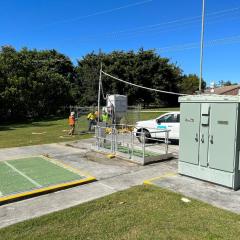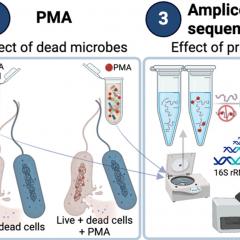 A University of Queensland research project will investigate a biofilm-based solution for drinking water treatment.
A University of Queensland research project will investigate a biofilm-based solution for drinking water treatment.
Approximately 90% of the drinking water in Australia is sourced from surface water bodies, which are naturally rich in organic matter and nutrients.
High solar exposure promotes the growth of cyanobacteria in surface waters, which are known to be a major cause of taste and odour (T&O) compounds and diverse toxins.
Dr Gilda Carvalho, senior lecturer at the UQ’s Australian Centre for Water and Environmental Biotechnology and project lead, said this project develops an innovative approach to overcoming the challenges of applying biological treatment processes to drinking water treatment systems.
“Ensuring high-quality, safe water supply is costlier and more challenging due to the onset of climate change,” she said.
“Our approach represents a simple retrofit to existing processes and drastically reduces the chemical dosing costs and improve climate resilience while ensuring the production of high-quality, safe drinking water.”
The proposed solution, based on moving bed biofilm reactor (MBBR) technology in the front end of the treatment train, has never been implemented in full scale drinking water treatment plant.
The project aims to deliver a scalable and effective solution to control taste and odour compounds with minimal chemical addition in drinking water sources.
“While the MBBR process has been developed for wastewater treatment, this is the first time it will be demonstrated for the treatment of drinking water,” said Dr Carvalho.
“MBBRs are an efficient and cost-effective means to remove organic compounds, without restraining production throughput.
“Previous tests have shown that 80-90% of common compounds that cause taste and odour issues can be removed using MBBR technology” she said.
“In this new project, we will systematically investigate and model the process and demonstrate its feasibility in two pilot-scale facilities that will be built in Queensland and South Australia. .”
The project partners include Seqwater, SA Water and AnoxKaldnes, and the project is co-funded by the Australian Research Council.



